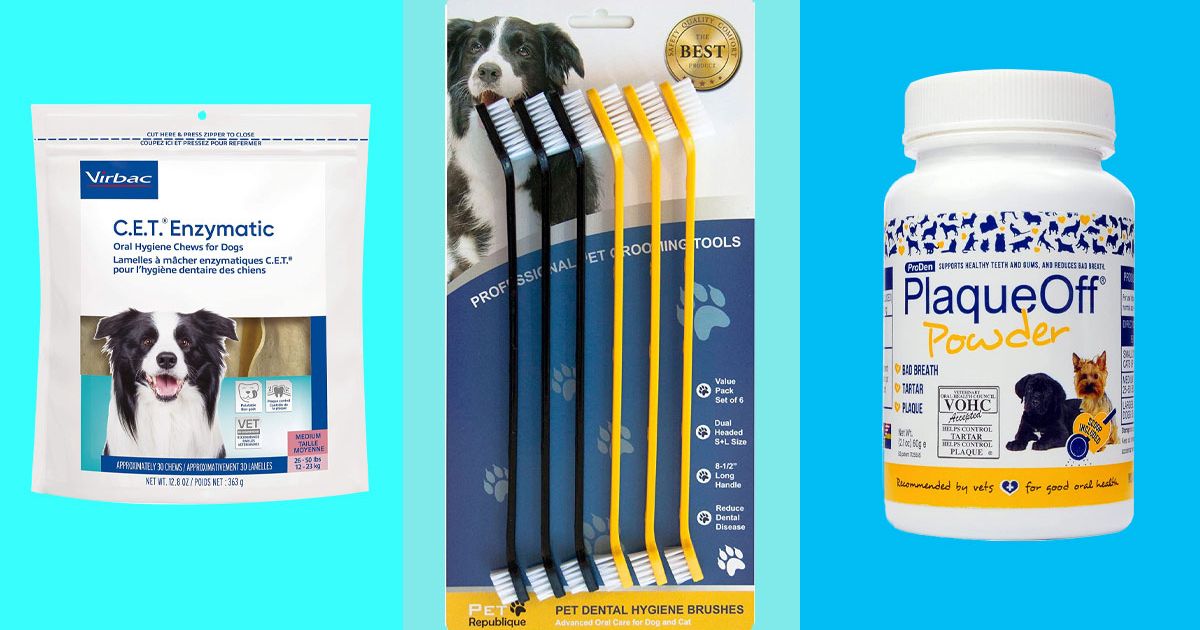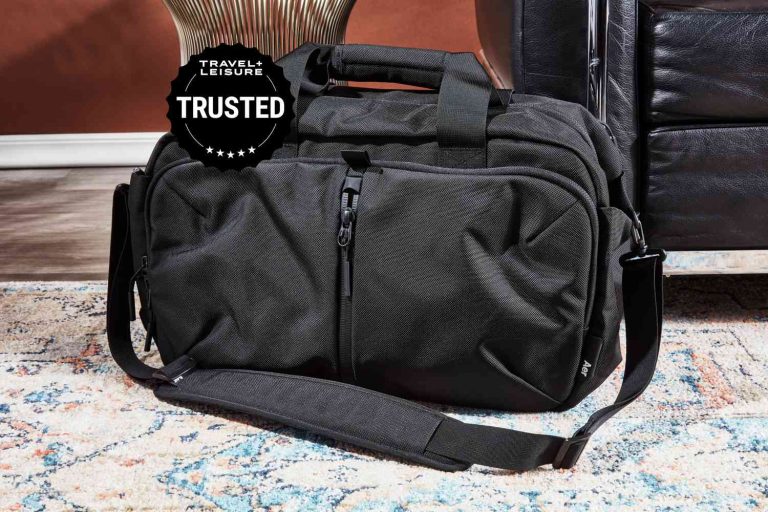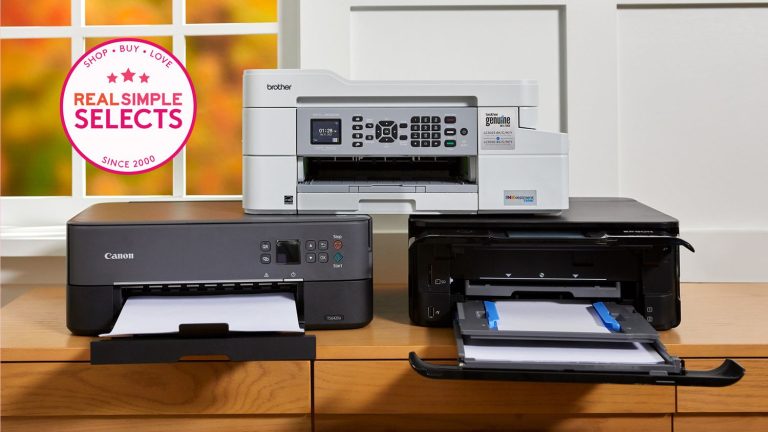9 Best Dog Toothbrush Options for Perfect Dental Hygiene
Keeping your furry friend’s teeth clean is essential for their overall health and well-being. Just like humans, dogs can suffer from plaque buildup, gum disease, and bad breath if their dental hygiene is neglected. But with so many dog toothbrushes on the market, how do you choose the best one for your pup?
Factors to Consider When Choosing a Dog Toothbrush
Finding the right dog toothbrush can significantly impact your pet’s dental health. Here are essential factors to keep in mind.
Toothbrush Size and Shape
Choose a toothbrush that fits your dog’s mouth size. For small breeds like Chihuahuas, select compact brushes. Larger breeds like German Shepherds need bigger brushes. Look for angled heads to reach back teeth easily.
Bristle Type and Softness
Opt for soft bristles to avoid gum irritation. Nylon bristles are durable and gentle on canine gums. Avoid hard bristles; they can damage gum tissue and enamel.
Handle Design and Usability
Pick a toothbrush with a non-slip grip for better control. Long handles help reach molars, while dual-ended brushes cater to different mouth sizes. Ensure it’s comfortable to hold during brushing sessions.
Review of the 9 Best Dog Toothbrushes
Selecting the best dog toothbrush can make maintaining your dog’s dental health much easier. Here are the top picks across different types of dog toothbrushes.
Standard Toothbrushes
- Virbac C.E.T. Dual Ended Dog Toothbrush
This toothbrush has dual ends to accommodate various dog sizes. The soft bristles ensure gentle cleaning without irritating gums. The angled design helps reach every corner of your dog’s mouth. - Nylabone Advanced Oral Care Dog Toothbrush
Nylabone features an easy-to-grip handle and soft, nylon bristles that effectively remove plaque. It’s specially designed for optimal control while brushing your dog’s teeth.
Finger Toothbrushes
- H&H Pets Dog Toothbrush Set
H&H Pets offers finger toothbrushes that slip easily onto your finger, allowing for a more personal and controlled brushing experience. The bristles effectively clean teeth and massage gums. - PET Republique Dog Finger Toothbrush
The ergonomic design of this finger toothbrush makes it easy to maneuver in your dog’s mouth. The soft bristles ensure a thorough clean and are gentle on your dog’s gums.
- Duke’s Pet Products Sonic Toothbrush
An electric toothbrush designed specifically for dogs, Duke’s features soft bristles and a vibrating head that ensures a deep clean. The automatic timer helps you brush for the recommended duration. - BrilliantPad Smart Electric Toothbrush for Pets
BrilliantPad’s smart electric toothbrush offers multiple brushing modes and a rechargeable battery. The rotating head and soft bristles provide a comprehensive clean, reaching all tooth surfaces.
Dual-Headed Toothbrushes
Dual-headed toothbrushes are specially designed for convenience and versatility. They offer an efficient way to clean your dog’s teeth thoroughly.
Advantage of Using Dual-Headed Toothbrushes
Dual-headed toothbrushes help reach different areas of your dog’s mouth with ease. The large head cleans larger surfaces like the molars, while the small head handles delicate areas like the canines. This dual functionality ensures comprehensive cleaning. With these toothbrushes, you can tackle plaque and tartar more effectively, promoting better oral health for your furry friend.
Finger Toothbrushes
Finger toothbrushes are an excellent option for pet owners seeking more control while brushing their dog’s teeth. These brushes are designed to fit over your fingertip, allowing you to easily reach every corner of your dog’s mouth.
- Increased Control
Finger toothbrushes give you more precision, letting you target difficult spots like rear molars. This control ensures more thorough cleaning, reducing plaque buildup effectively. - Enhanced Comfort
Using a finger toothbrush can be less intimidating for your dog. The soft, flexible design often feels more natural to them, minimizing stress and discomfort during brushing. - Better Sensitivity
You can gauge the pressure applied, preventing accidental gum injury. This sensitivity is crucial for dogs with sensitive gums or dental issues, ensuring a gentle brushing experience.
Electric Toothbrush Options
Electric toothbrushes can make maintaining your dog’s dental hygiene easier and more efficient. Let’s dive into how they work and some of the best options available.
How Electric Toothbrushes Work for Dogs
Electric toothbrushes for dogs clean teeth by using small, rapid movements that effectively remove plaque and tartar. These toothbrushes typically have oscillating or vibrating bristles that can reach areas standard brushes might miss. They also often come with various brush head sizes and shapes to suit different breeds.
Using an electric toothbrush can be beneficial if your dog is comfortable with the vibrations and is used to regular brushing. The added motion helps in dislodging debris and providing a deeper clean, which is essential for maintaining your dog’s dental health.
- Efficient Cleaning: Electric toothbrushes offer more thorough cleaning than manual brushes, making them ideal for dogs with significant tartar buildup.
- Ease of Use: The automated motion reduces the effort needed to brush your dog’s teeth, giving you more control.
- Versatility: Many electric toothbrushes come with interchangeable heads designed for various oral care needs, such as sensitive gums or different mouth sizes.
- Built-in Timers: Some models have timers to ensure you brush for the recommended duration, enhancing the overall effectiveness of the cleaning process.
Choosing the right electric toothbrush involves considering factors like brush head size, bristle softness, battery life, and additional features like timers or multiple speed settings. Checking reviews and product specifications can help you make an informed decision tailored to your dog’s needs.
Brushing Techniques and Tips
Effective Brushing Movements
Use gentle, circular motions when brushing your dog’s teeth. Focus on one tooth at a time to ensure thorough cleaning. Start at the gum line and move towards the tip of the tooth, helping to remove plaque and food particles. Hold the brush at a 45-degree angle to target the gumline effectively. Gradually introduce the brushing routine, allowing your dog to get used to the sensation and technique. For stubborn areas with significant tartar buildup, use a bit more pressure while maintaining comfort.
Frequency of Brushing
Brush your dog’s teeth at least twice a week to maintain optimal dental health. Ideally, aim for daily brushing to prevent plaque buildup and reduce the risk of gum disease. Consistency is key in establishing a routine your dog can adapt to. Pair brushing sessions with positive reinforcement, like treats or praise, to create a positive association. Regular brushing helps in early detection of dental problems, ensuring that your dog’s teeth and gums remain healthy.
Maintenance and Care of Dog Toothbrushes
Proper maintenance of your dog’s toothbrush is crucial for ensuring effective dental hygiene. Follow these tips to keep your dog’s toothbrush in top condition.
Cleaning and Storing Toothbrushes
Rinse thoroughly after each use. Ensure all toothpaste and debris are removed to prevent bacteria buildup. Use warm water and a gentle brush cleaner if necessary. Store the toothbrush in an upright position, allowing it to air dry completely. Avoid placing multiple toothbrushes together to prevent cross-contamination. Clean and disinfect weekly by soaking the brush in a pet-safe disinfectant solution for 10 minutes. Replace the toothbrush every 3 months or sooner if the bristles are frayed.
Conclusion
Choosing the right toothbrush for your dog is crucial for maintaining their dental health. Whether you opt for a finger toothbrush for its precision or an electric toothbrush for its efficiency, the key is to ensure your dog is comfortable and the brushing is effective. Remember to brush at least twice a week, ideally daily, and use gentle techniques to keep your dog’s teeth and gums healthy. Consistency and positive reinforcement will help establish a successful brushing routine. Regularly maintaining and replacing your dog’s toothbrush will further support their dental hygiene.






